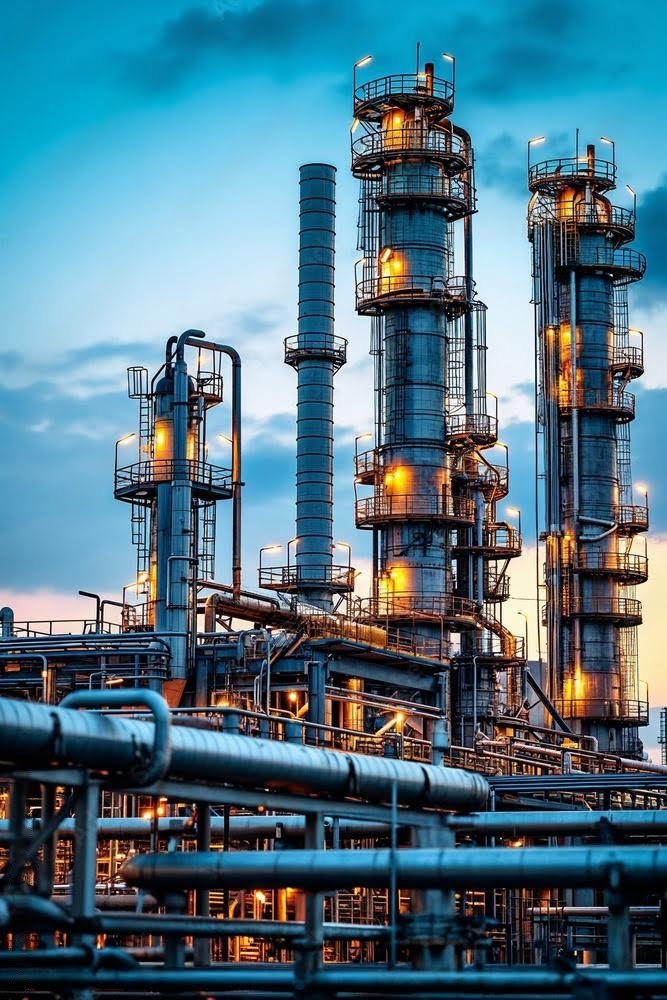The Price of Rarity: Factors Affecting the Cost of Exotic Metals
Exotic metals are prized for their unique properties and exceptional performance across various industries. However, their rarity and specialized characteristics often come with a hefty price tag. In this blog post, we delve into the factors that contribute to the high cost of exotic metals and explore potential solutions for managing these costs to ensure their accessibility for critical applications.
One of the primary factors driving the high cost of exotic metals is their limited supply. Unlike common metals such as iron or aluminum, exotic metals are found in relatively small quantities and are often located in remote or geologically challenging areas. This scarcity of supply makes the extraction process more expensive and increases the overall cost of production.
Extracting exotic metals from their ores often requires complex and resource-intensive processes. Many exotic metals are chemically reactive or found in low concentrations, necessitating specialized extraction techniques such as hydrometallurgy or pyrometallurgy. These processes require significant energy, labor, and capital investment, further contributing to the high cost of production.
Exotic metals are in high demand across a wide range of industries, including aerospace, electronics, and medical devices. As technology advances and new applications emerge, the demand for these specialized materials continues to grow. This increased demand puts upward pressure on prices, further driving up the cost of exotic metals.
One of the primary factors driving the high cost of exotic metals is their limited supply. Unlike common metals such as iron or aluminum, exotic metals are found in relatively small quantities and are often located in remote or geologically challenging areas. This scarcity of supply makes the extraction process more expensive and increases the overall cost of production.
Extracting exotic metals from their ores often requires complex and resource-intensive processes. Many exotic metals are chemically reactive or found in low concentrations, necessitating specialized extraction techniques such as hydrometallurgy or pyrometallurgy. These processes require significant energy, labor, and capital investment, further contributing to the high cost of production.
Exotic metals are in high demand across a wide range of industries, including aerospace, electronics, and medical devices. As technology advances and new applications emerge, the demand for these specialized materials continues to grow. This increased demand puts upward pressure on prices, further driving up the cost of exotic metals.

Potential Solutions for Managing Costs:
1. Diversification of Supply Sources:
One potential solution for managing the cost of exotic metals is to diversify supply sources. By expanding exploration and mining efforts to new regions and investing in research and development of alternative extraction methods, industries can reduce reliance on a single source and mitigate supply chain disruptions.
2. Recycling and Circular Economy Initiatives:
Recycling and circular economy initiatives offer another avenue for managing the cost of exotic metals. By recovering and recycling metals from end-of-life products and industrial waste streams, industries can reduce the demand for primary extraction and lower production costs. Additionally, promoting the reuse and repurposing of exotic metals can help minimize environmental impact and create a more sustainable supply chain.
3. Technological Innovation:
Advancements in technology and materials science can also help manage the cost of exotic metals. Research into alternative materials, advanced manufacturing techniques, and material substitution can lead to the development of more cost-effective alternatives to traditional exotic metals. Additionally, improvements in extraction and refining processes can increase efficiency and reduce production costs.
4. Collaboration and Industry Partnerships:
Collaboration and partnerships between industry stakeholders, government agencies, and research institutions can facilitate knowledge sharing, resource pooling, and collective action to address cost challenges associated with exotic metals. By working together to identify innovative solutions and implement best practices, stakeholders can create a more sustainable and accessible supply chain for exotic metals.
While the high cost of exotic metals presents challenges for industries reliant on these specialized materials, there are various strategies and solutions available for managing costs and ensuring their accessibility for critical applications. By diversifying supply sources, embracing recycling and circular economy initiatives, fostering technological innovation, and promoting collaboration and partnerships, industries can navigate the price of rarity and harness the unique properties of exotic metals to drive innovation and progress.
1. Diversification of Supply Sources:
One potential solution for managing the cost of exotic metals is to diversify supply sources. By expanding exploration and mining efforts to new regions and investing in research and development of alternative extraction methods, industries can reduce reliance on a single source and mitigate supply chain disruptions.
2. Recycling and Circular Economy Initiatives:
Recycling and circular economy initiatives offer another avenue for managing the cost of exotic metals. By recovering and recycling metals from end-of-life products and industrial waste streams, industries can reduce the demand for primary extraction and lower production costs. Additionally, promoting the reuse and repurposing of exotic metals can help minimize environmental impact and create a more sustainable supply chain.
3. Technological Innovation:
Advancements in technology and materials science can also help manage the cost of exotic metals. Research into alternative materials, advanced manufacturing techniques, and material substitution can lead to the development of more cost-effective alternatives to traditional exotic metals. Additionally, improvements in extraction and refining processes can increase efficiency and reduce production costs.
4. Collaboration and Industry Partnerships:
Collaboration and partnerships between industry stakeholders, government agencies, and research institutions can facilitate knowledge sharing, resource pooling, and collective action to address cost challenges associated with exotic metals. By working together to identify innovative solutions and implement best practices, stakeholders can create a more sustainable and accessible supply chain for exotic metals.
While the high cost of exotic metals presents challenges for industries reliant on these specialized materials, there are various strategies and solutions available for managing costs and ensuring their accessibility for critical applications. By diversifying supply sources, embracing recycling and circular economy initiatives, fostering technological innovation, and promoting collaboration and partnerships, industries can navigate the price of rarity and harness the unique properties of exotic metals to drive innovation and progress.

